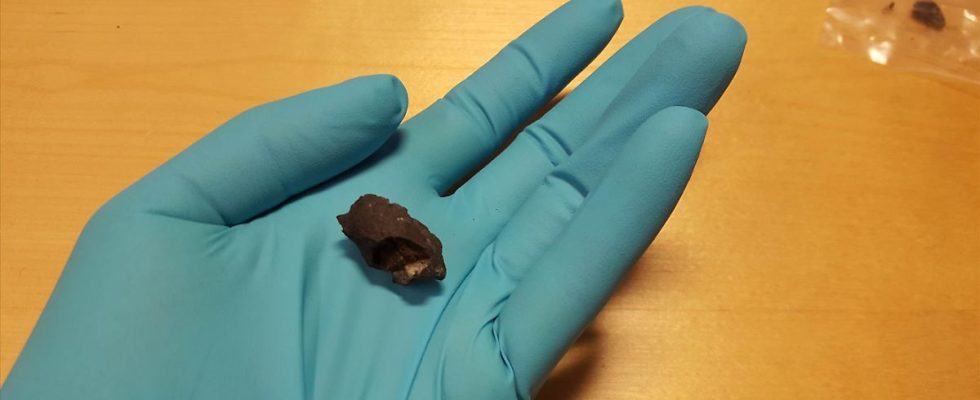Ancestors were not vegetarians
Stone Age chewing gum reveals diet
January 23, 2024, 8:54 p.m
Listen to article
This audio version was artificially generated. More info | Send feedback
Apparently, teenagers were already chewing gum in the Stone Age. Researchers have discovered very unusual food remains in Swedish finds. A young woman who had a piece of bad luck in her mouth 10,000 years ago probably suffered from gum disease.
DNA on a type of “chewing gum” used by teenagers in Sweden 10,000 years ago sheds new light on nutrition and oral health in the Stone Age, according to a study. The study of the genetic material showed that the diet of Stone Age teenagers included deer, trout and hazelnuts, said Anders Götherström, co-author of the study published in the journal “Scientific reports”. Traces of apples, ducks and foxes were also found.
The “chewing gum” consists of birch bark pitch, a tar-like black substance, and was discovered next to bones at an archaeological dig site north of the Swedish city of Gothenburg 30 years ago. The finds are mixed with saliva and show clear tooth marks.
Most likely, the birch pitch was chewed up to be used “as glue” for tools and weapons, Götherström said. But people could also have chewed the pieces “because they liked it or because they thought they had a medicinal purpose,” he continued. Several chewing gum finds suggested they were chewed by teenagers.
A set of bacteria
In 2019, a study looked at the genetic profile of the people who had the “chewing gum” samples in their mouths. In the current study, Götherström and his team of paleontologists from Stockholm University were able to use DNA to determine parts of the diet and also the dental health of the chewers.
In a piece chewed by a teenager, the researchers found “a number of bacteria that indicated a severe case of periodontitis,” or inflammation of the gums, said Götherström. The woman probably lost her teeth shortly after chewing the rubber. “It must have hurt too,” the scientist continued.

